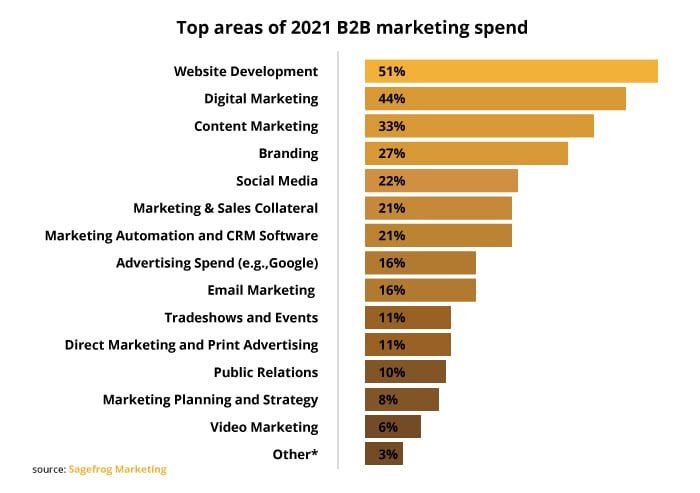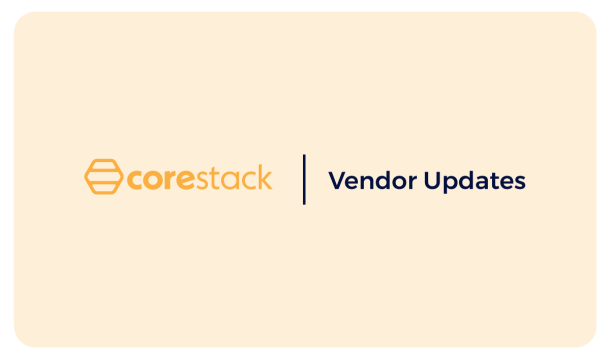eCommerce Roadblocks—What’s Stopping You From Selling Online?
Are you listing products or selling services online? Why or why not?
Before the COVID-19 pandemic, B2B eCommerce sales accounted for between 10% to 25% of total sales depending upon the industry. A recent survey by Next-Gen Digital Payments found that 62% of B2B sellers reported that their eCommerce sales grew by at least 25% during the first year of the pandemic.
eCommerce is projected to claim almost 22% of all retail sales by 2024. In fact, researchers have determined that up to 80% of all retail sales—whether online or not—are now preceded by online research conducted by potential customers. Get your business online intentionally, and you’ll realize how feasible listing goods online can be, with the right set of eCommerce principles.
For decades, wholesalers and distributors in many industry sectors have relied on the tried-and-true framework of branch networks, distribution centers, and internal and external sales forces. Stepping out of a proven practice may seem risky, however, operator shopping trends are beginning to look more like B2C with an emphasis on eCommerce. Giving customers an opportunity to browse or buy products online doesn’t have to feel unmanageable, in fact, the results may surprise you.
eCommerce Roadblocks: Debunked!
After working closely with B2B wholesalers, we’ve identified some common misconceptions from the industry surrounding eCommerce. Read on to set expectations of what selling products online really entails.
Big Box Competition: “I Can’t Compete!”
Small business owners in both the B2C and B2B realm face their big-box competitors who are already firmly established within the online market. This may cause business managers to perceive that a late entry into the market will be futile. In fact, online-based sales take an ever-increasing share of the overall market in every sector. A 2019 study reported, that even as much as 75% of procurement will take place via online marketplace within the next five years.
In the equipment industry particularly, what big-box stores cannot offer to consumers is the invaluable addition of customer service. 77% of B2B buyers state that their latest purchase was a difficult and complex decision, a 2019 survey revealed. Small-to-mid sized businesses (SMBs) can capitalize on this cross-section of online visibility with the added customer support, inherit to their sales process which big-box competition cannot replicate.
This customer-service advantage creates repeat customers who are proven to be more valuable, spending 67% more than new customers. A BigCommerce report goes on to state, “As much as 80% of B2B buying decisions are based on a buyer’s direct or indirect customer experience, and only 20% is based on the price or the actual offering.” We already know that operators are increasingly busy handling the day-to-day, so providing your trusted customers an online platform to interact with can be an extension of that customer service.
Time Investment
One of the primary barriers preventing companies from selling online is the time investment. Promoting business or products online instantly broadens the sales pool of potential customers. Sellers who are already hitting their bandwidth handling traditional sales may want to closely consider if they have the added time that online sales will require. Even a fully-automated eCommerce store has a human behind it, ensuring orders are being accurately processed. It’s not uncommon for a business to dedicate or hire an employee to maintain online sales efforts.
Launching an eCommerce storefront should be handled as opening a new brick-and-mortar location. That includes investments in construction, upkeep, staffing, and marketing your new store to consumers.
Marketing Considerations
Marketing the launch of an online store seems like a no-brainer. Post-launch, sellers need a plan to maintain the advertisement and promotion of service offerings to B2B buyers on the web. The digital market is growing rapidly and as a result, businesses are required to differentiate themselves online to compete with other sellers. B2B sellers digitally advertising services or products from an ad campaign can appear on relevant search engine result pages near the big-box competition. Savvy business owners can capture the right online consumers with SEO-rich content and intentional campaign practices.
This US Small Business Administration suggests, “Small businesses with revenues less than $5 million should allocate 7-8 percent of their revenues to marketing. This budget should be split between 1) brand development costs (which includes all the channels you use to promote your brand such as your website, blogs, sales collateral, etc.), and 2) the costs of promoting your business (campaigns, advertising, events, etc.). “
Total Cost of Ownership
Business owners considering online sales need to consider how the digital business will function within the established sales processes. Selling online first requires the development of an eCommerce website, the responsibility of monthly hosting of the site, technical maintenance to keep the site healthy, and a human resource behind the scenes ensuring all online activity is being managed. A comprehensive eCommerce venture has a detailed strategy from the beginning to the end of the transaction. Sellers need a plan for collecting online payments, accurately calculating sales tax, and identifying shipping and freight details. For some online sellers, there is a necessity to integrate the online store with in-house POS and ERP systems. There are several solutions for these processes that a business can choose to utilize or not.
Automating sales details can make for a powerful eCommerce engine, however, the more integrations and automations that exist on the site, the more expensive the site is in general.
An eCommerce store can be as complex or as simple as a business needs it to be. Not every successful eCommerce store is operating with the same practices, it’s important to understand what a company can feasibly accomplish selling online to maximize return on the eCommerce investment.
Turn to Professionals for Your eCommerce Set-Up and Management
The easiest way for a small to mid-sized business to overcome these eCommerce roadblocks is to hire professional website development and digital marketing services. Beedash is devoted to developing cost-efficient solutions to help foodservice businesses of all sizes ramp up successful eCommerce initiatives.
Have a Request for a New Feature?
Feel free to let us know at anytime which features you’d like to see in Corestack Product Information Manager. You can submit a feature request using our Corestack Service Desk’s Feature Request form linked below.




